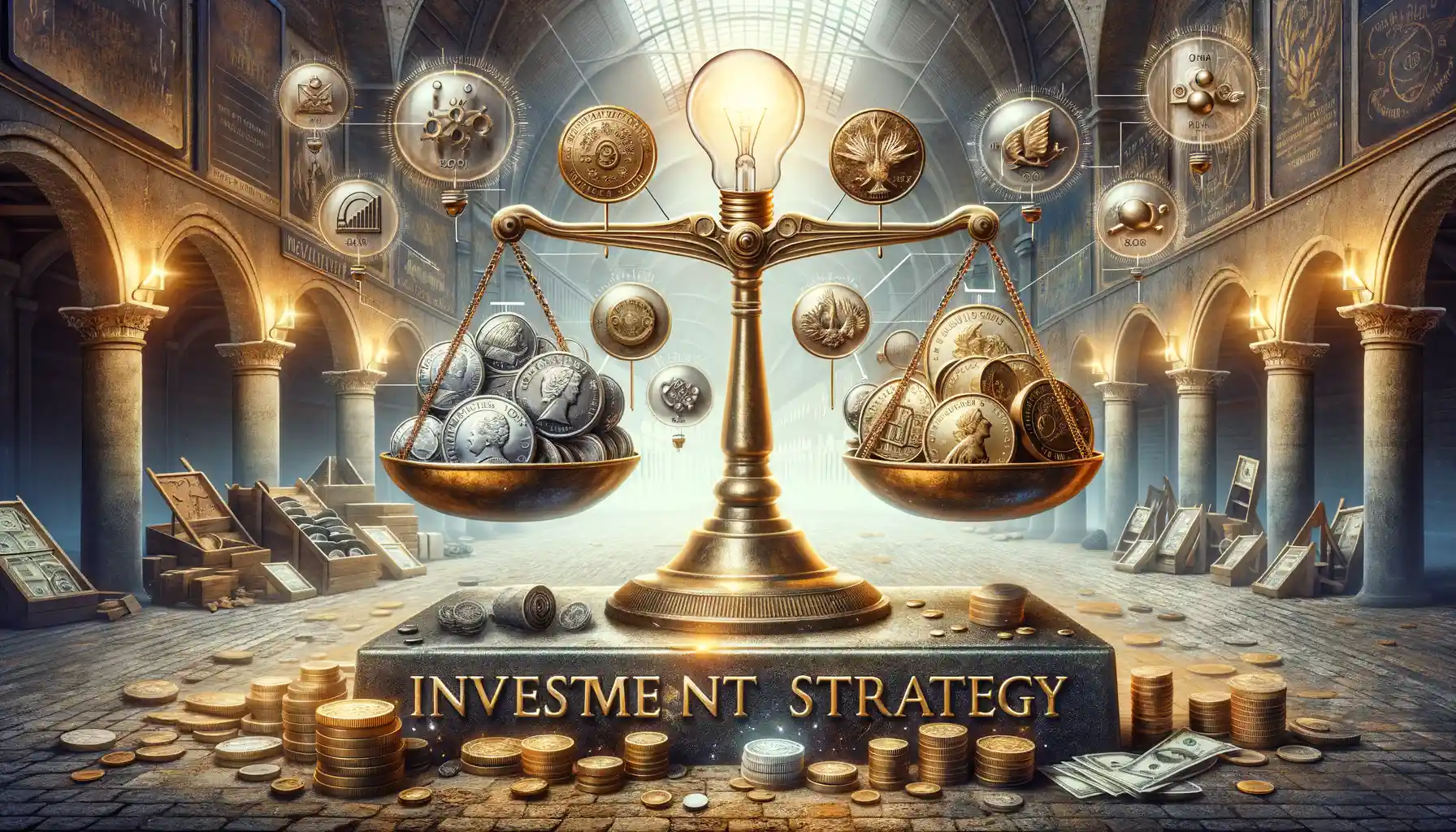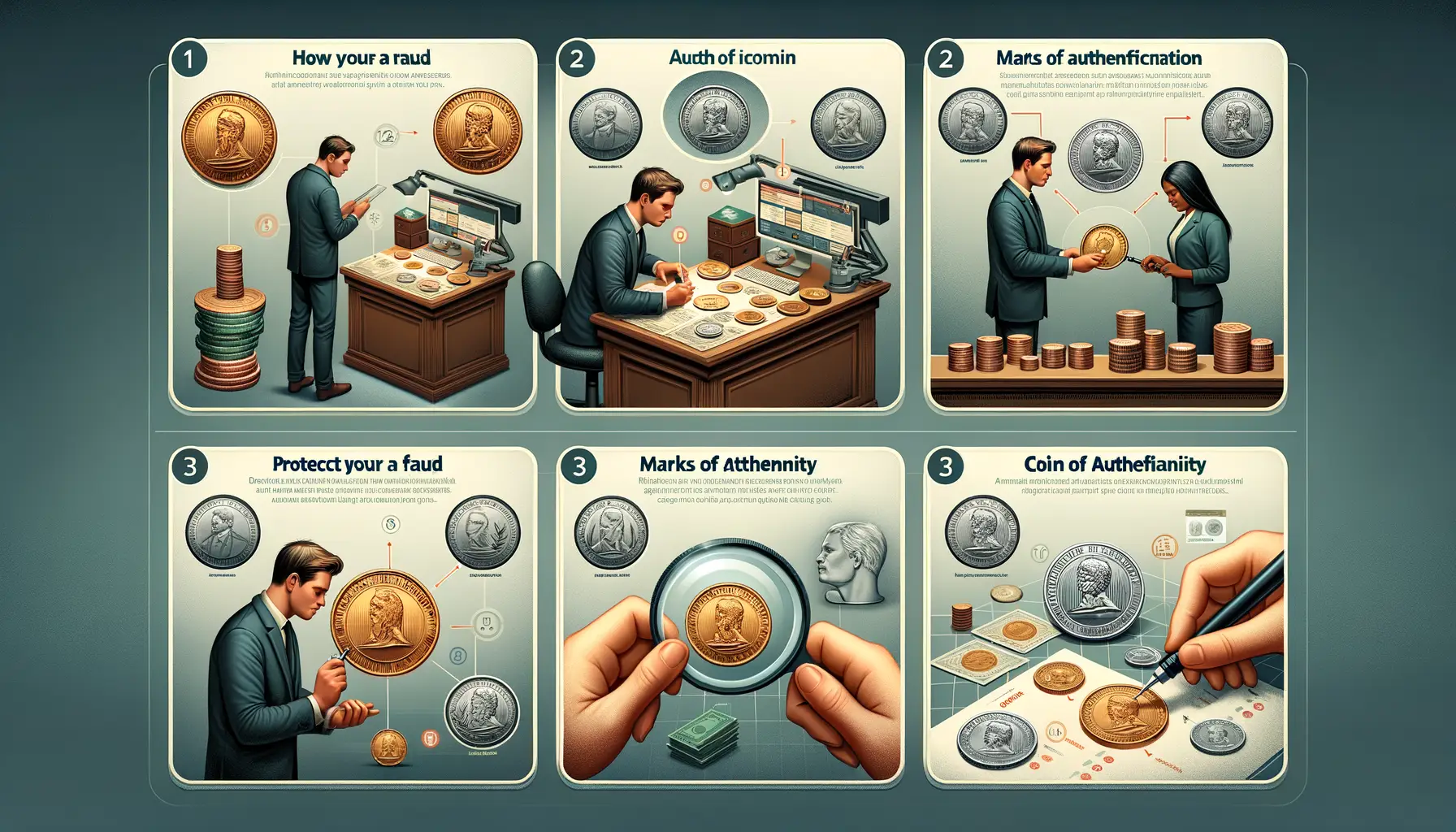Understanding Mint Error Coins
The Allure of Mint Mistakes
Ever felt the thrill of discovering something rare and extraordinary? That’s exactly what mint error coins bring to the table. These aren’t just pieces of metal—they’re untamed works of art born from imperfections during the coin-making process. Imagine a coin missing a chunk, stamped off-center, or struck twice by accident. In a world obsessed with perfection, these “flaws” make each error coin a rebellious marvel—one-of-a-kind and deeply fascinating.
Unlike perfectly minted coins that march off production lines in uniformity, error coins tell a story of chaos, chance, and human oversight. For instance, the famous 2000 Sacagawea dollar “Cheerios Coin” has a special feather design that makes it worth thousands. Or consider the dime that was struck on a nail—yes, a nail! Think of these coins as the rockstars of numismatics, standing out in a crowd of ordinary faces.
Common Types of Mint Errors to Watch For
If you’re wondering what kinds of errors to hunt for, here are some big hitters:
- Off-center strikes: Coins where the design is hilariously misplaced.
- Clipped planchets: Pieces where part of the coin looks like someone took a bite out of it.
- Double dies: Designs appear “doubled,” making letters or images look like shadows.
- Mule coins: Coins made by accidentally pairing dies from two different designs—talk about an identity crisis!
Each type feels like its own treasure hunt. Spotting them is all about training your eye to catch the extraordinary hiding within the ordinary.
Why Invest in Mint Error Coins
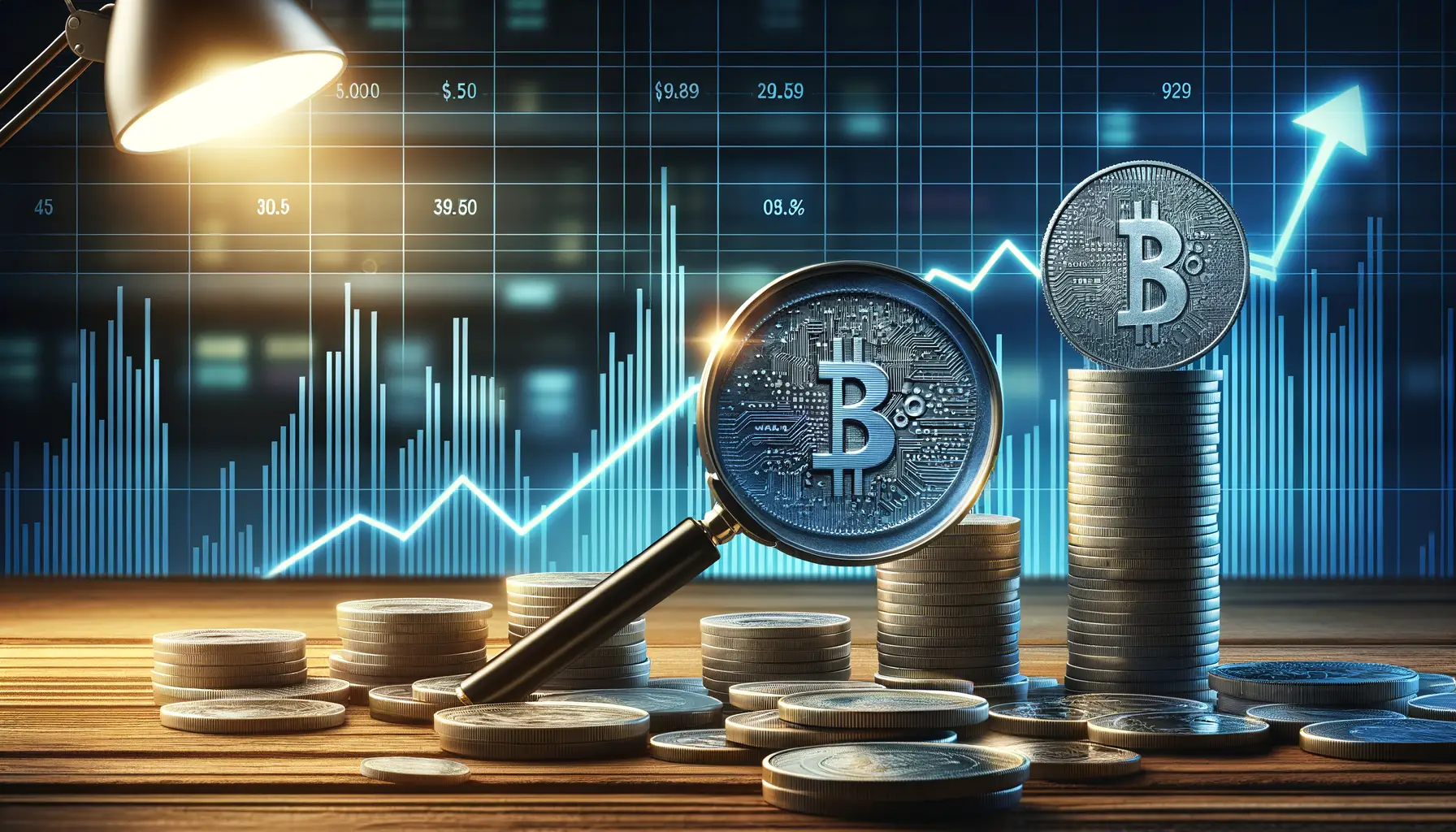
Uncommon Beauty and Irresistible Rarity
Imagine holding a coin in your hand that tells a story no other does. That’s the allure of mint error coins. Each mistake — a misaligned die, a double-struck impression, or an off-center image — isn’t just an accident; it’s a rarity that makes collectors’ hearts race. These coins are more than currency; they’re artifacts of surprise that escaped the rigid perfection of quality control.
Rarity reigns supreme when it comes to investing, and mint error coins are the epitome of scarcity. No two errors are ever exactly alike, giving you a truly one-of-a-kind piece every time. For example, consider the 1955 doubled-die cent — its dramatic doubling has made it legendary and highly coveted by collectors, commanding breathtaking auction prices.
A Portfolio with Personality
When you invest in mint error coins, you’re not just stacking assets; you’re building a portfolio brimming with stories and sparks of curiosity. Here’s why collecting these oddities is a smart play:
- Unique Appreciation: As demand for distinct items grows, error coins gain value simply because they are irreplaceable.
- Cross-Market Appeal: They attract both seasoned numismatists and curious investors, ensuring a diverse resale audience.
- Conversation Starters: Your collection isn’t just an investment; it’s a showcase of history and intrigue.
How to Identify Valuable Mint Error Coins
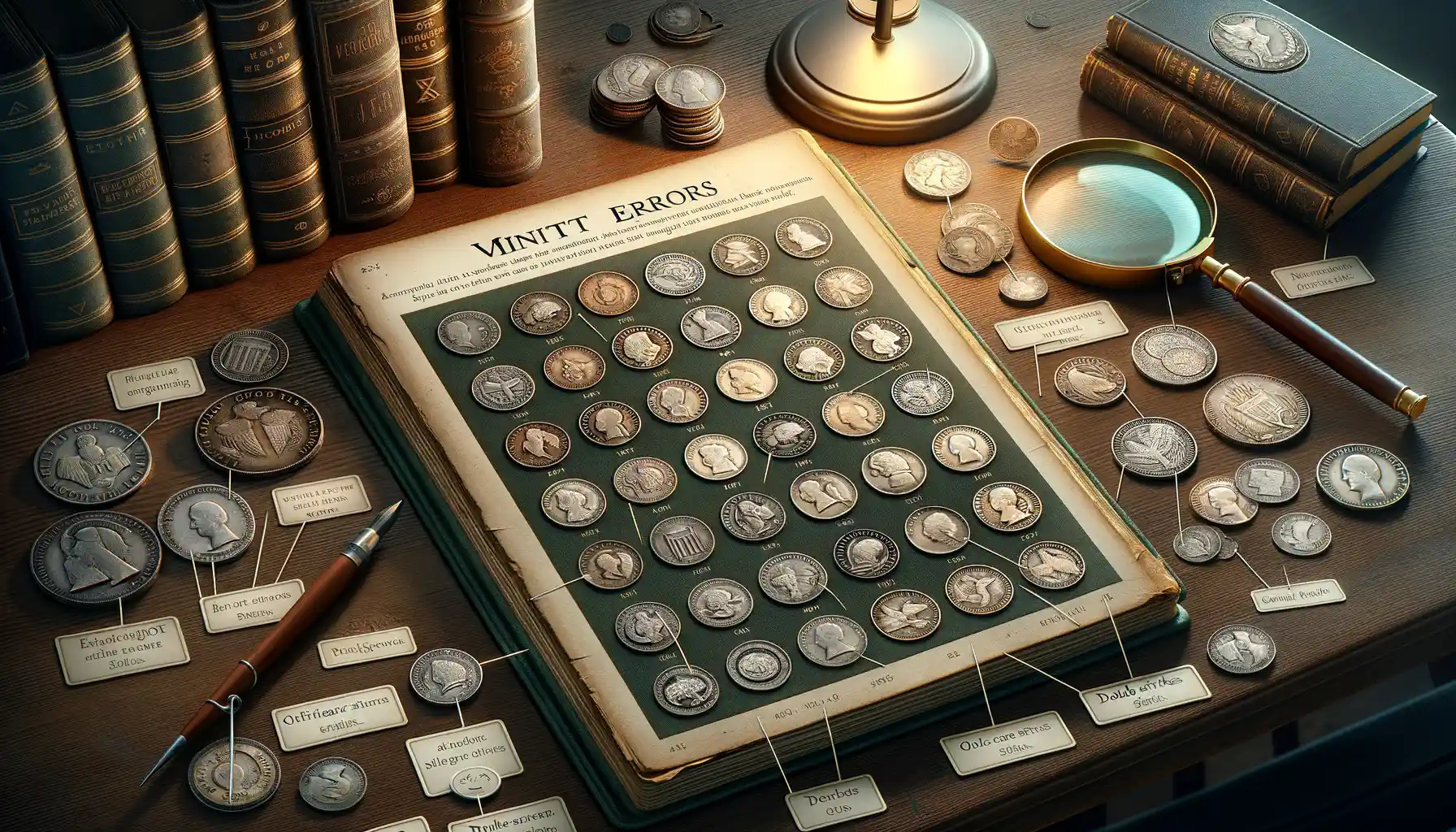
Spotting the Treasure Within the Flaws
Imagine holding a coin that shouldn’t exist as it does—slightly misshapen, misaligned, or mysteriously doubled. These imperfections are what make mint error coins so fascinating and valuable. But how do you know if that quirky little coin in your pocket is worth hundreds—or even thousands—of dollars? It’s all about learning to decode the story hidden within its blemishes.
Here’s how to spot the winners:
- Check for off-center strikes: Coins where the design is visibly off-center can be incredibly rare. The more dramatic the misalignment, the higher the potential value.
- Look for double dies: Imagine a coin where parts of the design appear twice, slightly shifted. That’s a double die, and serious collectors drool over them.
- Misprints matter: Missing letters, numbers, or even missing presidential faces? Collectors will pay top dollar for such wild anomalies.
The Art of Observation
When evaluating a coin, put on your detective hat. Study the edges—does it have a curious extra rim? Flip it—are both sides perfectly aligned? A slight rotation could mean you’re holding an elusive rotated die coin.
And don’t forget texture! Coins with strange surfaces or unusual metal compositions (like copper cents from 1943) often turn out to be hidden gems. A magnifying glass might just become your new best friend.
Strategies for Building a Mint Error Coin Collection
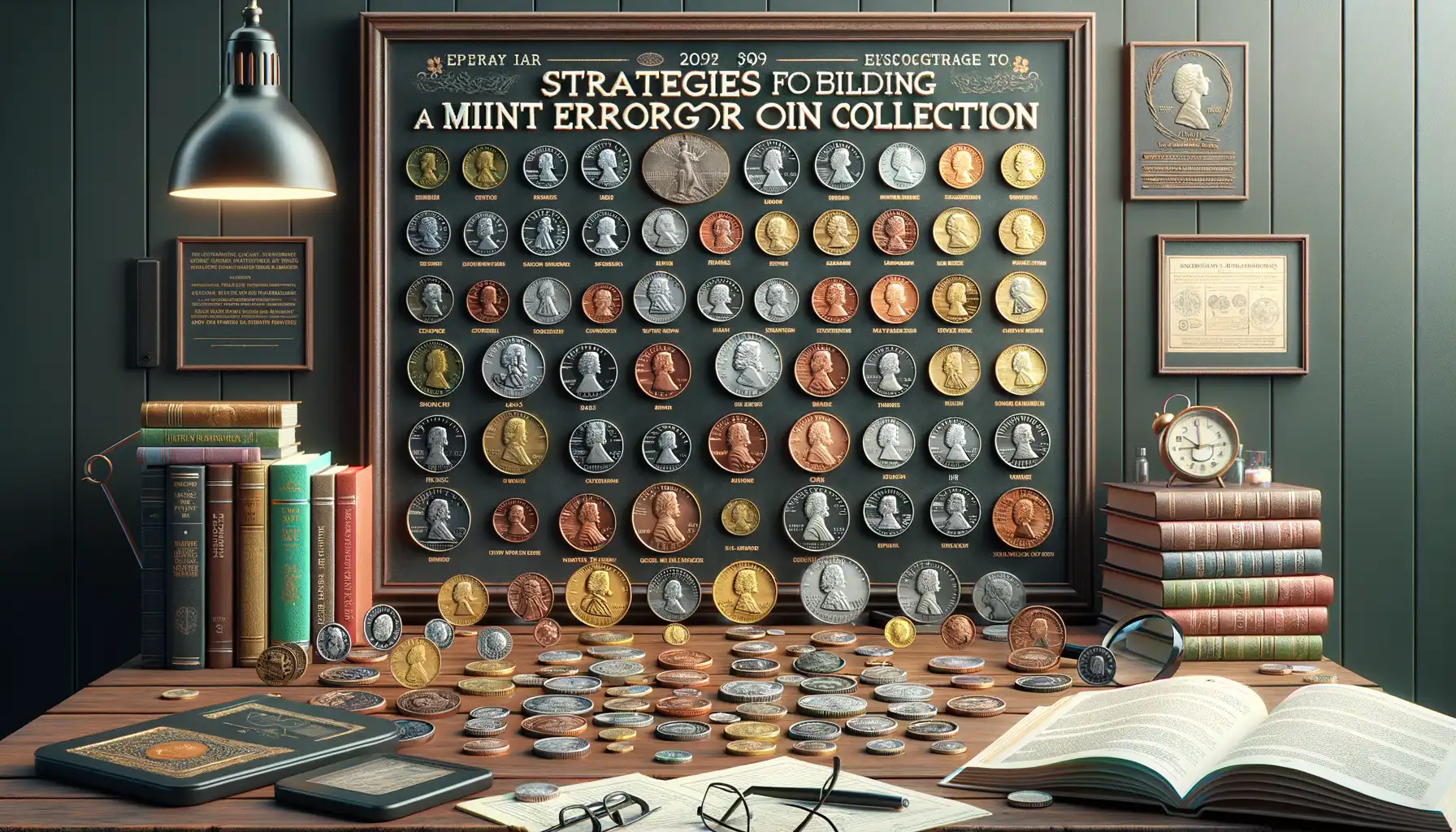
Hunting Down Your Perfect Mint Error Coins
Building a collection of mint error coins isn’t just a hobby; it’s a thrilling treasure hunt where every piece tells its own quirky story. To get started, focus on identifying what excites you the most. Are you fascinated by dramatic blunders like off-center strikes, or are subtle errors like doubled dies more your style? Picking a niche helps you channel your efforts and deepens your expertise.
Once you’ve honed in on your preferences, make coin shows, auctions, and even online marketplaces your playground. But here’s the golden rule—*don’t go in blind.* Research dealers ahead of time, ask questions, and never shy away from requesting certifications, especially from trusted authorities like PCGS or NGC. Mint error coins can be tricky to spot, so don’t let a sneaky counterfeit dampen your zeal.
- Set alerts on auction platforms for niche coins you’re hunting.
- Join specialized forums where enthusiasts share tips and discoveries.
- Keep notes on past purchases to fine-tune your instincts for value.
Building your collection is like creating a mosaic—each coin, with its flaws and irregularities, adds a piece of unique beauty to the bigger picture.
Risks and Challenges of Investing in Mint Error Coins
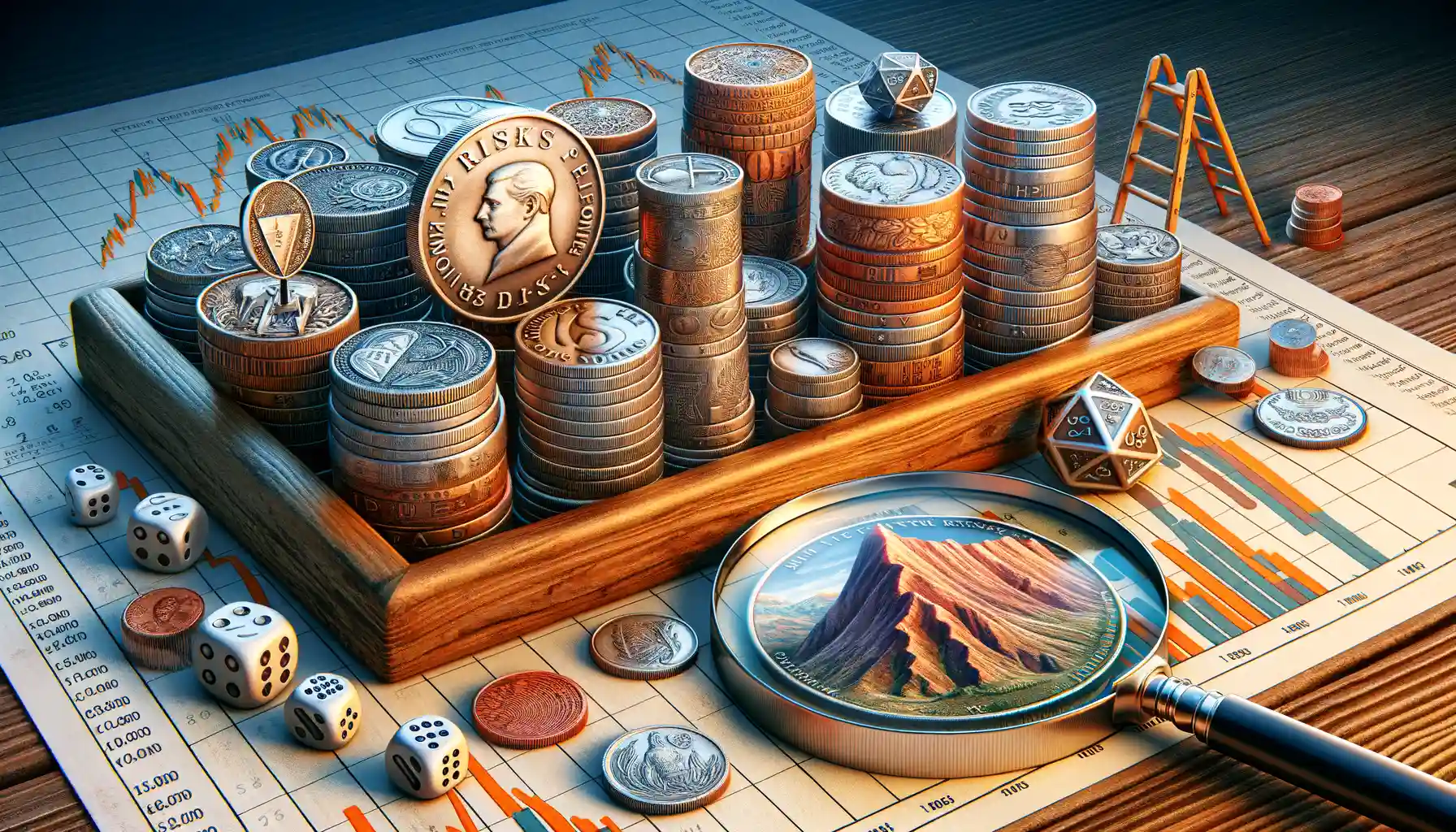
Hidden Risks Lurking in the Hobby
Investing in mint error coins might feel like treasure hunting, but even a skilled adventurer can stumble into quicksand. One of the biggest risks? Overpaying for something that isn’t as rare as it seems. The market is peppered with coins that look defective but are actually post-mint damage—meaning they were altered outside the minting process and hold little to no value. Always verify with a trusted expert or grading service like PCGS or NGC.
Another pitfall is falling victim to hype. Just because a coin is unique doesn’t mean collectors are clamoring for it. For example, a small die crack might seem exciting, but if there’s low demand, its value could stall—or worse, decrease over time.
Authentication is another wildcard. Counterfeiters have become alarmingly sophisticated, faking even minor errors like off-center strikes. Without proper experience or guidance, spotting fakes can feel like finding a needle in a haystack.
- Counterfeit coins disguised as errors—don’t let the glossy patina fool you.
- Market fluctuations—today’s hot coin could cool down tomorrow.
- Condition sensitivity—a good ding can slash your coin’s value significantly.
Always remember that the thrill of collecting mint errors is as much about passion as it is profit. Keep your wits sharp and avoid rash decisions!


